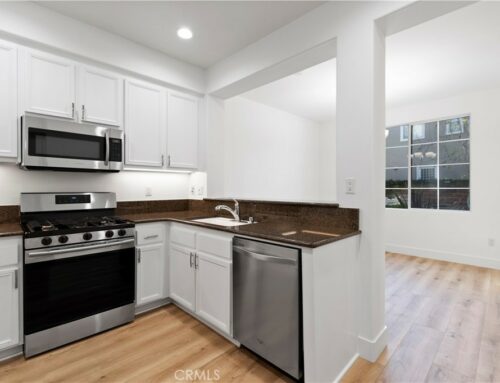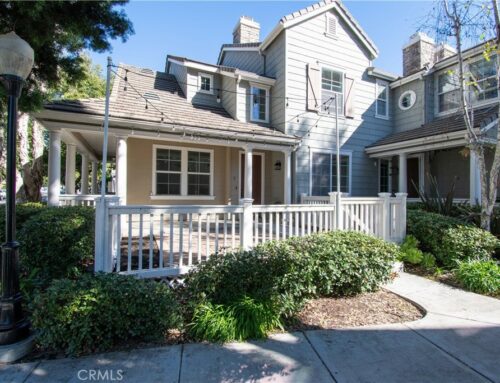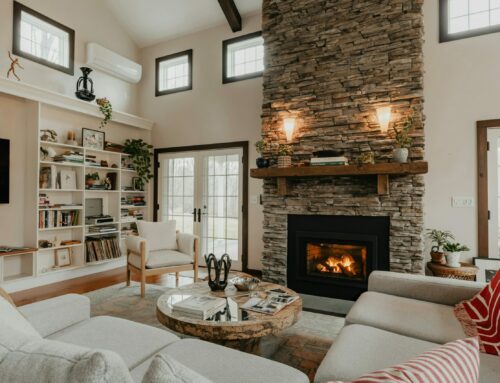The overflow parking lot at Grace Church. The Saddleback Business Center on Cabot Road. Portions of the The Shops at Mission Viejo mall.
Required by the state to plan for thousands of additional housing units over the next several years, Mission Viejo city leaders said, in looking around town, those properties are among the places where residential development could take place to creatively help the city meet predicted housing needs in the future.
The dozen sites identified by city officials have the potential to accommodate more than 2,600 residential units, and would include more than 1,200 that would be geared toward people with lower incomes.
Cities across California are in the process of looking at their housing plans to make sure they have the zoning in place to support development of housing for a variety of income levels. Forecasting California’s future needs for housing – the statewide exercise every eight years or so is called the Regional Housing Needs Assessment – cities are allocated a portion of housing they need to accommodate for.
Mission Viejo was doled out 2,217 units, and the City Council last week approved its plan laying the groundwork for zoning, including changing several areas to allow residential development. Called a housing element, the document that is part of the city’s General Plan for growth and density.
The plan could usher in an altogether new type of development for Mission Viejo: mixed-use residential and retail.
At The Shops at Mission Viejo, mall owner Simon Property Group and the owners of the Macy’s stores indicated they were interested in adding residential zoning to make way for some housing there, city officials said.
That type of project “would be new,” said Mayor Trish Kelley. “We don’t have anything that looks like that.”
An attorney representing Macy’s told the City Council at last week’s meeting the department store owner wants to make the space “more experiential,” but keep some retail elements. The portion of the retail space included for potential housing development is the women’s store, an 8.6-acre parcel that makes up one of two stores that Macy’s operates at the mall.
Elsewhere in the mall’s footprint, six acres of parking lots could also be developed for housing, making for a total between the two of 14.6 acres that could accommodate 584 residential units – a big chunk of the city’s housing goal.
Like other shopping malls, The Shops has seen less foot traffic as more buying moves online, officials noted in the draft of the city’s housing element.
“This zoning helps ensure the long-term viability of the mall, and allows for the potential implementation of a dynamic redevelopment project that is in keeping with state and national trends,” officials said.
The Shops are an optimal location for housing, Kelley said, noting it is next to the freeway, Mission Hospital and Saddleback College.
“There seems to be a trend now with people wanting to be able to shop and walk, have walkable communities,” she said. “So housing at this location would provide those residents who are interested in having retail and restaurants and everything right there, walkable, that would be an opportunity there.”
In planning for more housing, the city is not responsible for actually developing the state-mandated allocation of units, just making sure there is zoning in place that would support the construction. At the Oct. 12 City Council meeting, a consultant for the city working on its housing element noted that the numbers “are planning goals that the city has to demonstrate that it could achieve if you have an interested property owner and developer.”
A few other ailing shopping and business centers throughout the city were also identified as spots where housing could go if zoned for residential. Facing vacancies, many of the sites are underused and underdeveloped, the draft housing element notes. The Saddleback Business Center on Cabot Road, the College Center strip mall on Marguerite Parkway, the Mission Viejo Town Center strip mall and the Silverado Plaza shopping center on Jeronimo Road are some of the other commercial sites where city officials believe residences could be built.
Turning to existing properties, instead of undeveloped space, for potential building was done “mainly out of need,” Kelley said.
“We don’t have a lot of empty land,” she said. “So it was necessity, looking to find other solutions, and other locations. And then some of these centers are actually not doing well, so they are interested in looking at different uses.”
The only city-owned site in the plan is a 32.8-acre vacant property near the existing Animal Services Center and Saddleback College, which was initially believed to be able to accommodate more than 900 residential units. But after questioning from the public over the proposed density, city officials hired an engineer to assess the land, which led them to reduce the number down to 200 units, the city’s community development director, Elain Lister, said at the council meeting. She noted that, “we agree that we had overestimated the site.”
Lister said in an email that the city has not yet received an application to develop any of the sites identified in the housing element.
Having been approved by the City Council, the plan now goes to state housing officials for approval.
—
Originally published on OC Register.





